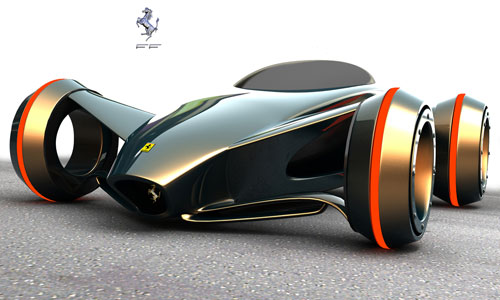According to Anthony Hallett’s article in the latest Subrogator magazine drones will prove a disruptive technology that will change industries, like subrogation, in the near future. Drones will improve safety regarding forensic inspections and investigations. Due to the high degree of control and the ability to harness LiDAR and photogrammetry these drones will enable investigators to conduct investigations from a safe distance. There will be uncertainty regarding the safe operation of drones and how to attribute liability in the event of an accident. Therefore, subrogation professionals will have to stay abreast of changes in federal and state legislation dealing with drones. The inevitable accidents that due occur as the use of drones proliferates means that subrogation professionals will have to learn how to investigate drone accidents and attribute fault based on local and federal laws. Lastly, the insurance industry as a whole will have to come to terms with the fluid risk/benefit calculus in the face of unmanned aircraft. This extends to the use of autonomous vehicles on American roads too. These vehicles will most likely prove drastically safer than human drivers, this will have huge ripple effects on the insurance industry.
What is an Autonomous Vehicle?

Several states who are currently in the process of enacting, or who have enacted, legislation paving the way for testing autonomous vehicles have all grappled with defining “autonomous vehicles.” Virtually all states embarking down the path to vehicular autonomy defined autonomous vehicles in the same way: “a motor vehicle that uses artificial intelligence, sensors and global positioning system coordinates to drive itself without the active intervention of a human operator.” See 2012 Okla. Sess. Laws 3007; 2012 Haw. Sess. Laws 2238; 2012 Ariz. Sess. Laws 2679; 43 Nev. Rev. Stat. § 482A.030. See also 2012 N.J. Laws 3020 (New Jersey has adopted similar language, except for using: “or any other technology to carry out the mechanical operations of driving without the active control and continuous monitoring of a human operator” instead of “without the active intervention of a human operator”). California’s legislators chose to define “autonomous technology” as the technology that has the capability to drive a vehicle without the “active physical control or monitoring by a human operator.” 2012 Cal. Stat. 1298 c. 570. California Senate Bill No. 1298 goes on to define an “autonomous vehicle” as any vehicle “equipped with autonomous technology that has been integrated into that vehicle.” Id. So far, all states agree that autonomous vehicles are just that, autonomous, in that they do not require “active” participation or control by the human “operator.” However, time will tell how the definition of “autonomy” crystallizes as legislatures across the country put in place rules and regulations governing the day-to-day operation of autonomous vehicles.
